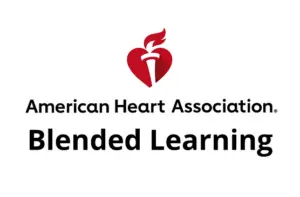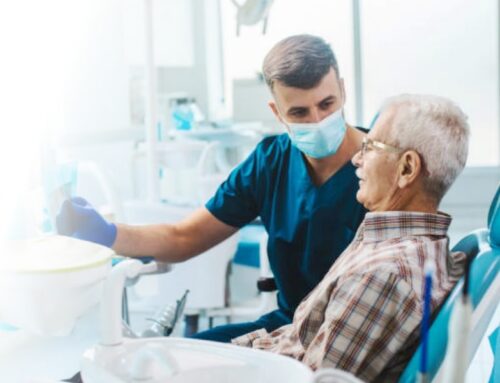
In-Person Skills Session: After completing the online course material, participants must attend an in-person skills session led by an instructor accredited by the AHA. This course is crucial because it gives participants practical experience with life-saving methods, including CPR, using an AED (automated external defibrillator), and first aid knowledge. Before granting certification, the instructor assesses the participants to ensure their proficiency.
Flexibility: Blended learning eliminates the need for lengthy in-person classes by allowing participants to finish the online component at their own pace. This flexibility is extremely helpful for professionals with busy schedules, including healthcare practitioners, educators, and corporate staff.
Time Efficiency: The in-person skills session is shorter and solely focuses on practicing and showing hands-on techniques because the theory and didactic components are completed online.
Consistent Learning: The online content minimizes variations in the training provided by ensuring that participants receive standardized, consistent material from one location to another.
Heartsaver First Aid: teaches basic first aid techniques and is frequently paired with CPR and AED instruction.
Basic Life Support (BLS): This course, designed for healthcare workers, teaches excellent CPR for a range of patient situations.
Advanced Cardiovascular Life Support (ACLS) and Pediatric Advanced Life Support (PALS) are courses for healthcare workers that concentrate on addressing cardiac emergencies and pediatric patients, respectively.
The streamlined, adaptable, and efficient method to acquire vital lifesaving skills is through AHA’s blended learning programs, which combine online instruction with practical experience.
Learn how to save a life by signing up for one of our classes [Here]





Leave A Comment